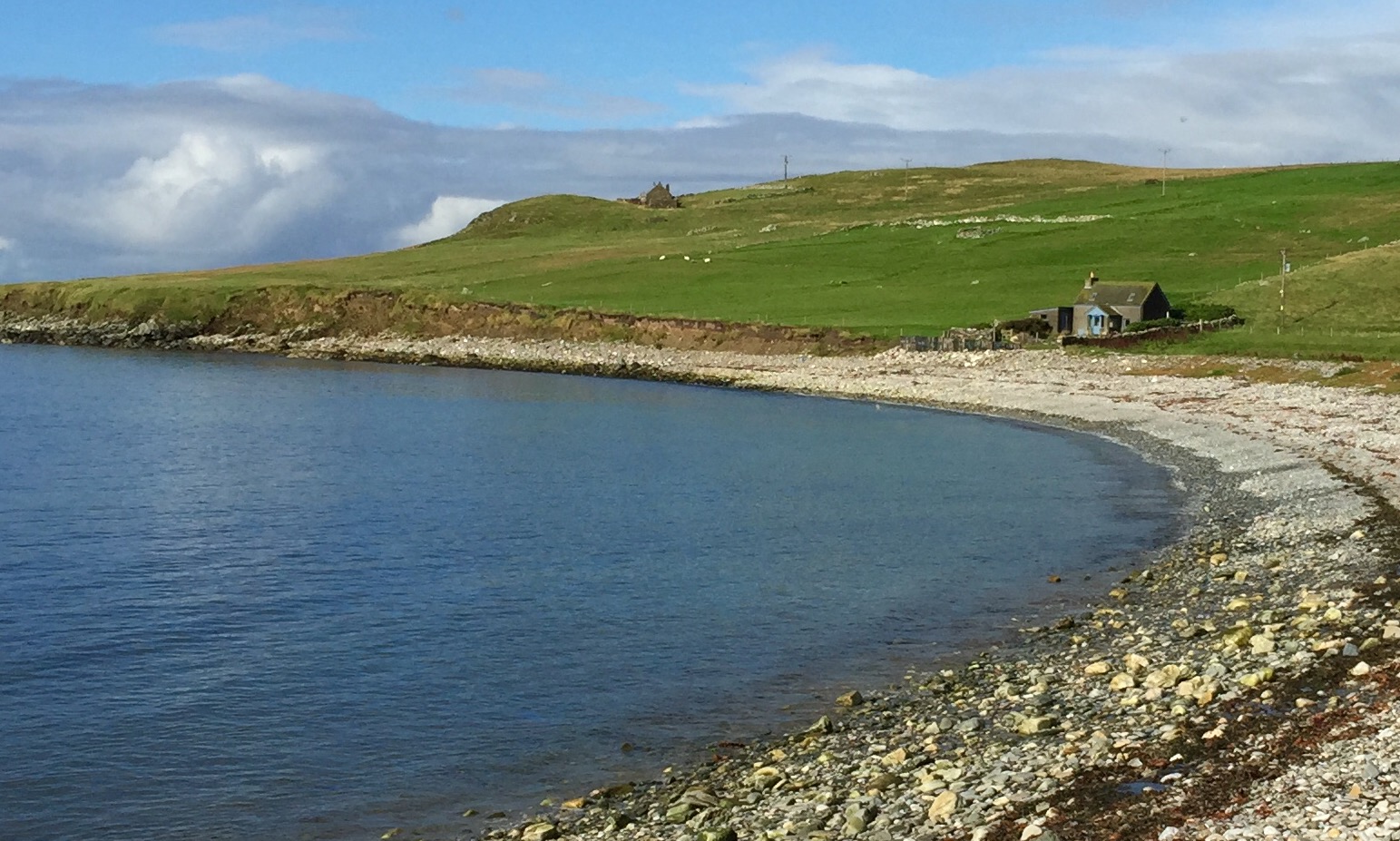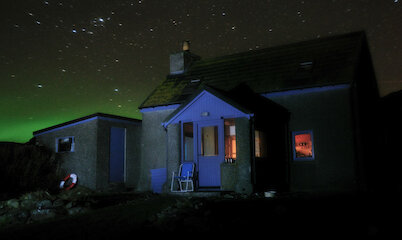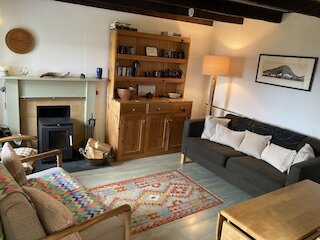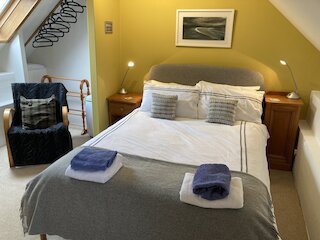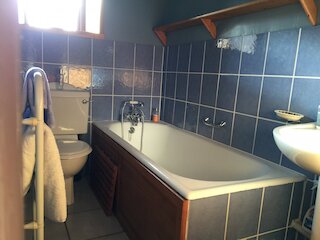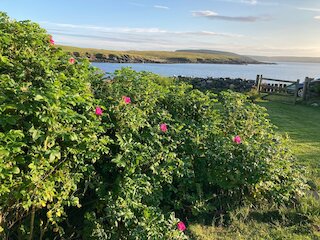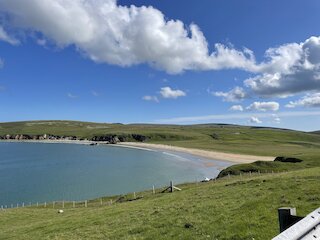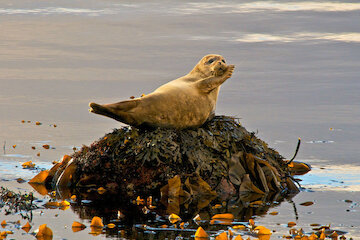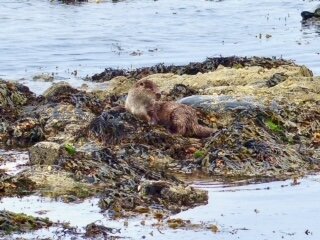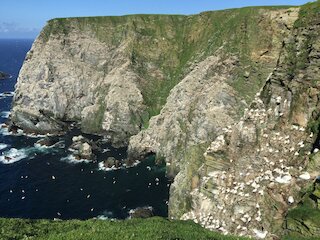Unst is the most northerly populated island in the British Isles. An island of undulating hills separated by lochs and voes with spectacular cliffs and coastline on the west and sandy beaches on the east. Diverse geology help create varied landscapes and unique habitats with abundant flora and some of Europe’s rarest plants including Norwegian sandwort and Edmonston’s chickweed. The lochs can be fished for brown trout and the water and adjacent grassland provide breeding grounds for great skua, arctic skua, whimbrel, red-throated divers, snipe and golden plover.
The cliffs, which rise to 170 metres in places, are home to many seabirds with thousands of gannets nesting on Hermaness in the north, alongside fulmars, guillemots, razorbills, shags, kittiwakes and of course the colourful puffins. Hermaness overlooks a rocky outcrop on which Britain’s most northerly lighthouse was built in the 19th century – Muckle Flugga, designed by Robert Louis Stevenson’s uncle and visited by the author.
The archaeologist will find plenty to intrigue with many brochs, standing stones, Viking longhouses, a 16th-century castle at Muness and the beautiful ruined Church at Lund beach. During the summer months excavations continue to take place at various sites and visitors are always welcome. In addition, Unst has a rich history and heritage and this can be explored at the island's heritage centre and boat haven in Haroldswick.
For further information on Unst visit: www.unst.org
North Booth provides the perfect base to explore this fascinating island. Located on Westing beach and surrounded by its own walled garden overlooking Bluemull Sound, the ideal spot for enjoying wonderful sunsets and watching seals and otters on the beach. Warm and well-appointed with an open-plan lounge/kitchen/dining area with fireplace. The cottage sleeps 4 people in one double and one twin-bedded room. Well behaved pets welcome.
